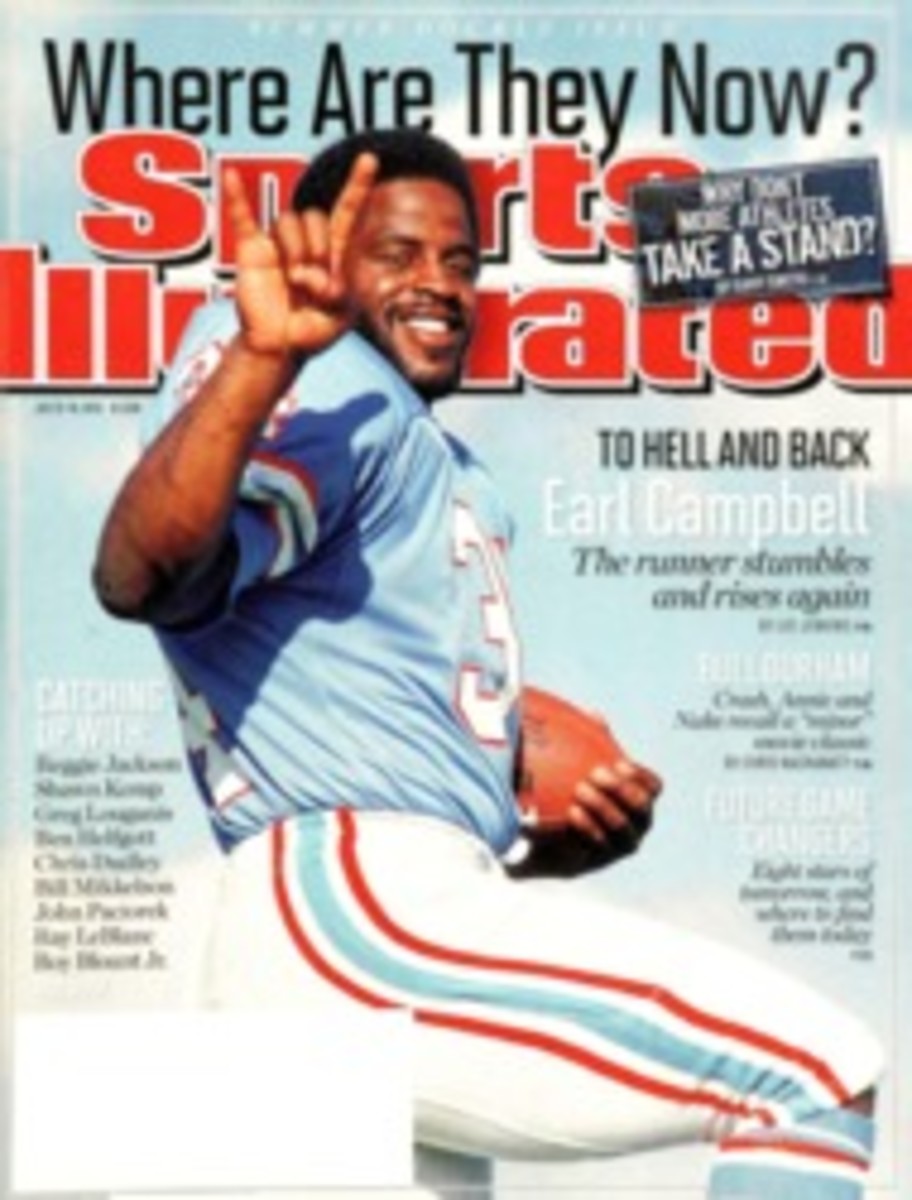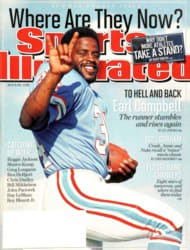
Chris Dudley
Chris Dudley has always been less interested in problems than in their solutions. When he was told he had type 1 diabetes at 16 he asked, "Am I going to live? And can I still play sports?"
Doctors said yes to high school basketball, no to playing the game in college or the pros. But Dudley surveyed this medical roadblock and sought a detour. Lacking a basketball scholarship offer after not making the varsity at Torrey Pines High in Encinitas, Calif., until his senior year, the 6'11" center walked on to the Yale basketball team. To manage his disease, Dudley checked his blood sugar levels up to 15 times a day—far more than needed—and averaged 12.7 points and 9.5 rebounds in four seasons. He was drafted 75th overall by Cleveland in 1987 and became the first NBA player with diabetes, logging 16 seasons split among the Cavs, Nets, Trail Blazers, Knicks and Suns.
Basketball posed its own set of problems, however—especially at the free throw line. In 1989--90 (with the Cavs and Nets), Dudley had the worst season for a free throw shooter, making just 31.9% of his attempts and missing a record 13 in a row in a game against the Pacers. That came just one year after he set another mark for futility, with the Cavs, going 0 for 5 in a single trip to the line against the Bullets. (Washington committed three lane violations.)
"I was just struggling," Dudley says of his free throw shooting. "I got out of rhythm. It's something I wish I had been better at."
Which isn't to say that Dudley didn't try. "I would go to the gym with him and he could shoot a hundred free throws without missing," says his wife, also named Chris. "Then he'd go out and get a little hitch in his shot. He'd say, 'Maybe I'm not going to be the top scorer on the team, but I'm going to be the top rebounder.'"
There, the solution. Dudley's 2,234 offensive boards are 55th alltime (just ahead of Alonzo Mourning and Wes Unseld), and he remains one of just 14 men on the top 100 list for both rebounds and shots blocked per 48 minutes.
Dudley's problem-solving approach continued after basketball. Upon retiring in 2002, he started noticing many of his teammates were struggling to manage their finances. (An '09 SI study found that 60% of NBA players are broke within five years of leaving the league.) He joined Filigree Advisors, a Portland-based wealth-management company, as a partner in '05, and today almost half of his clients are current or former athletes.
Another chance to solve problems arose in 2010 when Dudley ran for governor of Oregon. At that point he had been operating the Chris Dudley Foundation, which aids diabetic children, for more than 15 years, and he thought he could make more impact from the government side than with a nonprofit. Equipped with little more than his Yale degrees in economics and political science, he threw his hat in the ring as a Republican. When he went to bed on election night, television reports had him winning. But when the final count concluded a few days later, Dudley had lost one of the closest gubernatorial races in state history—49% to 48%. "The sports analogy would be losing Game 7 on a last-second shot," he says.
Politics out of his system, today Dudley, 47, coaches his kids—Charles, 13; Emma, 12; and Sam, 10—in football, lacrosse and basketball at Lake Oswego High outside of Portland. (It's the same school where, as an assistant from 2005 to '07, he tutored a young Kevin Love in the paint.)
His foundation also runs a basketball camp for 75 diabetic teens, and there he can still be heard advising the problem solvers of the future. "It's incredibly difficult for someone with diabetes," he says, "but you don't want that to be used as an excuse. Take it seriously, but don't let it stop you."
PHOTO
NOREN TROTMAN/NBAE/GETTY IMAGES
ON THE BALL Dudley, who became the first NBA player with diabetes, operates a foundation that helps diabetic children when he's not holding court with his family at home in Oregon.
PHOTO
BRUCE ELY
[See caption above]

